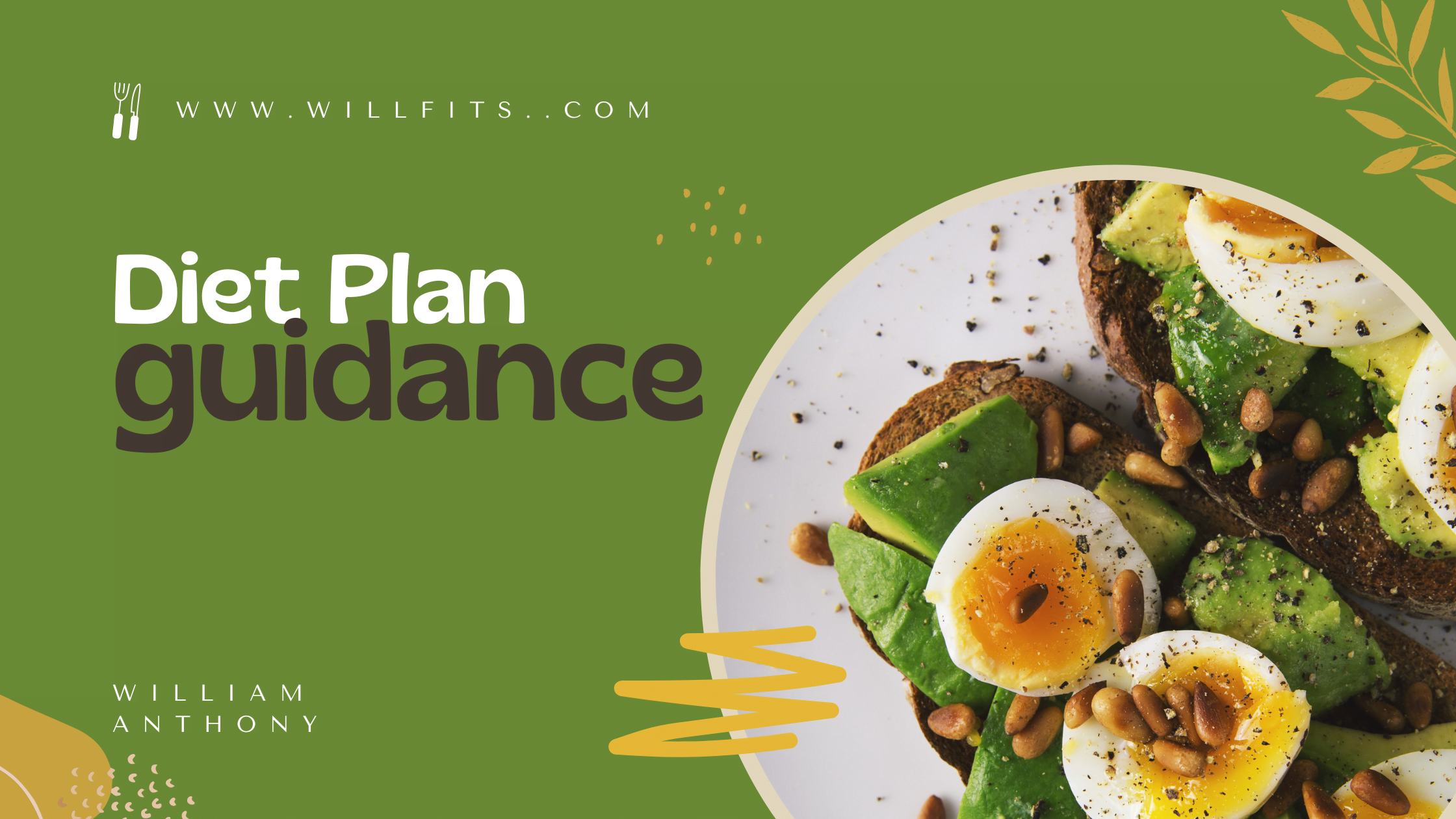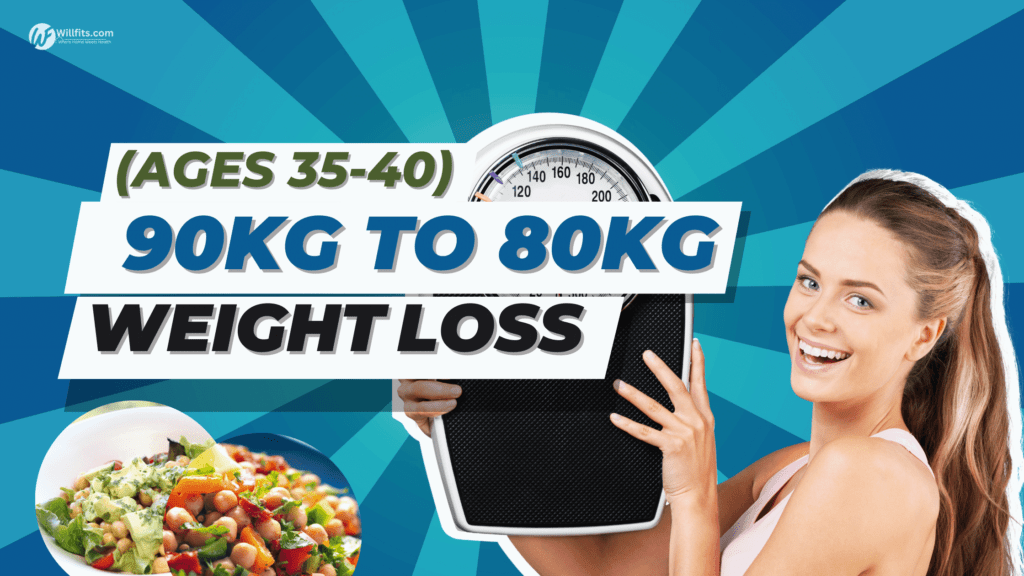DIET PLAN
In the pursuit of a healthier lifestyle, diet and nutrition play a crucial role. The food we consume directly impacts our overall well-being, affecting our energy levels, physical performance, and even mental clarity. This article aims to provide a comprehensive guide to diet and diet plans, equipping you with the knowledge and tools necessary to make informed choices and achieve your health and fitness goals.
Understanding the Basics of Nutrition: To embark on a successful dietary journey, it’s important to comprehend the fundamentals of nutrition. Explore the macronutrients (carbohydrates, proteins, and fats) and micronutrients (vitamins and minerals) that form the building blocks of a balanced diet. Learn about portion control, food groups, and the significance of maintaining a well-rounded eating plan.
Assessing Your Goals: Every individual has unique health goals, whether it be weight loss, muscle gain, or simply improving overall well-being. Discover how to assess your specific objectives and customize a diet plan that aligns with your needs. Consider factors such as age, gender, activity level, and any dietary restrictions or allergies.
Popular Diet Plans: This section delves into some of the most popular diet plans that have gained traction in recent years. Explore the principles and methodologies behind diets like the Mediterranean diet, ketogenic diet, paleo diet, and intermittent fasting. Understand the potential benefits, drawbacks, and suitability of each plan based on your personal preferences and goals.
Creating a Personalized Diet Plan: Building upon the knowledge gained from popular diet plans, learn how to tailor a diet plan that suits your lifestyle. Understand the importance of calorie intake, macronutrient distribution, and meal timing. Discover strategies for meal prepping, grocery shopping, and incorporating variety to ensure long-term adherence to your dietary regimen.
Balancing Nutrition and Exercise: Nutrition and fitness go hand in hand when it comes to optimizing your health. This section explores the symbiotic relationship between diet and exercise, emphasizing the importance of fueling your body with the right nutrients for physical performance and recovery. Discover pre- and post-workout nutrition tips, as well as guidance on supplementation.
Navigating Challenges and Staying Motivated: Embarking on a diet plan can present various challenges, including cravings, social situations, and plateaus. This section provides strategies for overcoming these hurdles and staying motivated throughout your journey. Learn about mindfulness techniques, seeking support from a community or professional, and the power of setting realistic goals.
Conclusion
Diet and diet plans are integral components of a healthy lifestyle, enabling you to optimize your nutrition and reach your fitness goals. By understanding the basics of nutrition, personalizing your diet plan, and incorporating physical activity, you can achieve long-term success in your pursuit of optimal health. Remember, adopting a sustainable approach and making gradual changes are key to maintaining a healthy relationship with food and enjoying the benefits of a balanced diet.
Disclaimer
It is important to consult with a healthcare professional or registered dietitian before making any significant changes to your diet or exercise routine. The information provided in this article is for educational purposes only and should not be considered as medical advice.
[WILLFITS.COM] is dedicated to providing valuable information and resources on nutrition, fitness, and overall well-being. Stay tuned for more articles, tips, and advice to support your journey towards a healthier, happier you.
Here are brief explanations of a few popular diet types
Mediterranean Diet: This diet is inspired by the traditional eating habits of people in Mediterranean countries. It emphasizes plant-based foods such as fruits, vegetables, whole grains, legumes, and healthy fats like olive oil. It also includes moderate amounts of fish, poultry, and dairy products while limiting red meat and processed foods. The Mediterranean diet is known for its heart-healthy benefits and is rich in antioxidants and omega-3 fatty acids.
Ketogenic Diet: The ketogenic diet is a low-carbohydrate, high-fat diet that aims to shift the body into a state of ketosis. By severely restricting carbohydrate intake, the body is forced to burn fat for energy instead of glucose. The diet typically includes high-fat foods like avocados, nuts, seeds, oils, and moderate amounts of protein from sources like meat and eggs. It restricts or eliminates most grains, fruits, starchy vegetables, and sugar. The ketogenic diet has gained popularity for weight loss and potential therapeutic benefits for certain medical conditions.
Paleo Diet: The paleo diet is based on the idea of eating foods that were available to our ancestors during the Paleolithic era. It focuses on consuming lean meats, fish, fruits, vegetables, nuts, and seeds, while excluding grains, legumes, dairy products, processed foods, and refined sugars. The paleo diet aims to mimic the dietary patterns of early humans and emphasizes whole, unprocessed foods. It is often followed for its potential benefits in terms of weight management and reducing inflammation.
Intermittent Fasting: Intermittent fasting is not so much a diet plan as it is an eating pattern. It involves cycling between periods of fasting and eating. Popular methods include the 16/8 method (fasting for 16 hours and restricting eating to an 8-hour window) or alternate-day fasting (fasting every other day). Intermittent fasting can be combined with other diet plans, and it has been associated with weight loss, improved insulin sensitivity, and other health benefits. However, it may not be suitable for everyone and should be approached with caution.
DASH Diet: DASH stands for Dietary Approaches to Stop Hypertension. It is a balanced eating plan designed to help lower blood pressure and promote overall heart health. The DASH diet emphasizes fruits, vegetables, whole grains, lean proteins, and low-fat dairy products. It encourages reducing sodium intake and limiting foods high in saturated fats, added sugars, and refined grains. The DASH diet is often recommended by healthcare professionals as a way to manage hypertension and improve cardiovascular health.
Remember, it’s important to consult with a healthcare professional or registered dietitian before starting any specific diet plan to ensure it aligns with your individual needs and health goals.
HOW TO CHOOSE PERFECT ONE ?
Define Your Goals: Clarify your health and wellness objectives. Are you looking to lose weight, gain muscle, improve a specific health condition, or simply adopt a healthier lifestyle? Identifying your goals will help you choose a diet that aligns with your desired outcomes.
Consider Your Preferences: Think about your food preferences, cultural background, and lifestyle. Some diets may require specific dietary restrictions or eliminate certain food groups, which may not be compatible with your preferences or lifestyle. Choose a diet that you can realistically adhere to in the long term.
Assess Your Current Health Status: Evaluate your current health condition and any pre-existing medical conditions or dietary restrictions you may have. Consult with a healthcare professional or registered dietitian to discuss any specific dietary needs or modifications that may be necessary for your health.
Research Different Diets: Educate yourself on various diet plans by reading books, consulting reputable websites, or seeking advice from qualified professionals. Understand the principles, food restrictions, and potential benefits and drawbacks of each diet. Consider the scientific evidence and research supporting their effectiveness.
Experiment and Observe: It may be helpful to experiment with different diets on a short-term basis to gauge how your body responds. Pay attention to how you feel physically, mentally, and emotionally while following each diet. Assess factors such as energy levels, satiety, mood, and overall well-being.
Seek Professional Guidance: Consulting with a registered dietitian or nutritionist can provide valuable guidance tailored to your specific needs and health goals. They can help you assess your dietary requirements, create personalized meal plans, and address any concerns or questions you may have.
Listen to Your Body: Ultimately, trust your body’s signals and feedback. Every individual is unique, and what works for someone else may not work for you. Pay attention to how your body responds to different foods and eating patterns. Adjust your diet as needed based on your own experiences and results.
Remember, a sustainable and balanced approach to nutrition is key. It’s essential to focus on long-term habits and overall lifestyle changes rather than relying solely on short-term diets. Aim for a diet that is balanced, nutrient-dense, and enjoyable to maintain optimal health and well-being.
Low-Carb Diet
A low-carb diet is a dietary approach that restricts the consumption of carbohydrates, emphasizing foods that are high in protein and healthy fats instead.
Mediterranean Diet
The Mediterranean diet: A plant-based eating pattern inspired by Mediterranean cuisines, emphasizing whole foods, healthy fats, and moderate intake of fish, poultry, dairy, and red wine. It promotes heart health and offers various other health benefits.
Intermittent Fasting
Intermittent fasting is an eating pattern that alternates between fasting and eating windows, offering potential benefits for weight management and overall health.
Plant-Based Diet
A plant-based diet centers around consuming primarily plant-derived foods while minimizing or excluding animal products, offering health benefits and promoting sustainable eating habits.
Flexible Dieting
Flexible dieting, also known as "If It Fits Your Macros" (IIFYM), is an approach to nutrition that focuses on meeting specific macronutrient goals while allowing flexibility in food choices. It emphasizes balance, moderation, and individualized eating plans for sustainable and customizable dietary practices.
DASH Diet
The easiest way to create a gradient button with Elementor for your WordPress website. Make your buttons look outstanding by adding our exclusive button style on your page.














